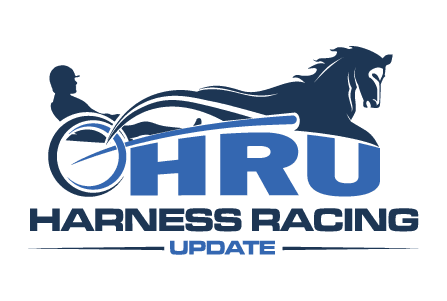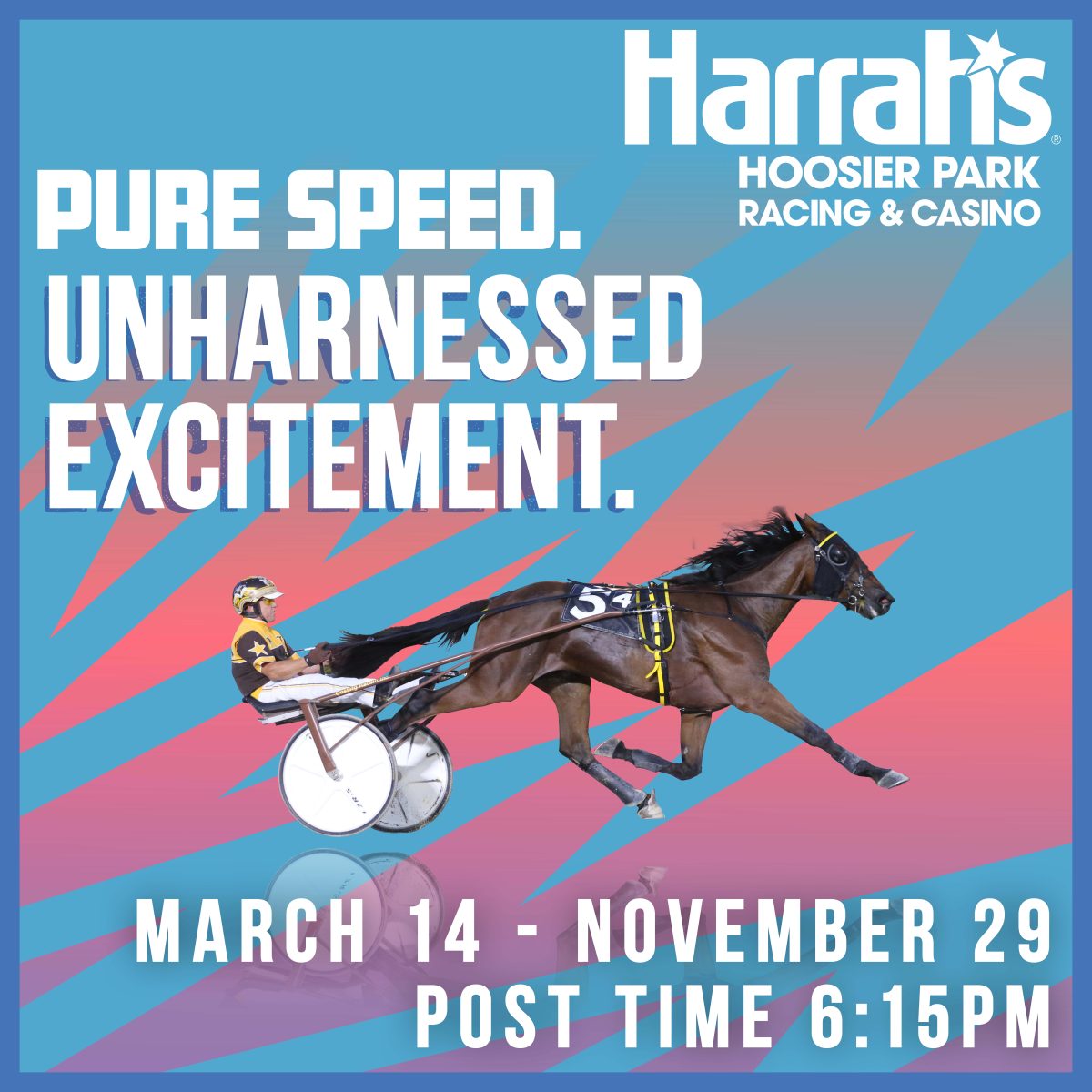Jennifer Sears-Vanderwerken on continuing the family legacy
by Victoria M. Howard
In many family businesses, children often follow and take over their father’s or grandfather’s legacy. In the world of harness racing, the Sears family is an example of three generations of success.
Gene Sears was followed into the business by his son, Jay, and then Jay’s son and daughter Brian and Jennifer.
Gene, who originally came from Indiana, enjoyed working with all breeds of horses. He raced ponies under saddle as a boy, trained standardbreds, and trained and raced thoroughbreds in Florida in his later years. Several standardbreds he was known for conditioning were Red Sails, Stephan Smith and Hi Lo’s Solar.
His grandchildren, Brian and Jennifer, would spend a lot of time visiting him, leaving a positive influence and teaching them skills he no doubt passed on to his progeny.
In their respective careers, both Gene and Jay recorded 1,000 and 1,500 plus winners. Years later, Brian would proudly surpass that with amassing more than $190 million in his Hall of Fame career.
“Before I was born, dad took his stable out west to California. There he met his future wife, my mother, Sharon Courtois, who worked for the local small animal vet. We lived there until I was 3 before moving back east,” Jennifer said.
“Dad and mom thought it an integral part of growing up in the Sears family that everyone shared in learning good horsemanship, beginning with owning our own ponies. This progressed to training harness horses on weekends with dad.
“It was tough while we were in school, for Brian and I spent six months in a Florida school and the rest of the year in New York. After graduating high school, I spent one year in college before realizing I wanted to work with horses and returned to join my family in Vernon.
“I began my racing career with a little N.Y. Vermont stakes filly named Dappalou, together winning all our starts. I was the first woman driver to ever race at those obscure tracks. The next year I took to racing more at Vernon Downs where my horse Sing Please was voted Trotter of the Year.
“In 1983, I became a leading provisional driver at Vernon Downs and met my future husband, driver/trainer Joe Pavia Jr., who was awarded ROOKIE OF THE YEAR for the Nation-Mumpton Award.
“Joe and I raced horses in Freestate and Pompano Park and for a short time I even dabbled in being a jockey at Calder Racetrack in Florida. Unfortunately, our marriage ended. I began training hunters and jumpers before I returned to Pompano where I was the leading percentage driver for the Sunshine Stakes.
“That’s when my brother, Brian entered the picture.”
Jennifer said she knew there was only room for one great driver in the family and that would be Brian.
“He was always a great athlete with a very strong will so it was no surprise that he would be as good as he is,” Jennifer said. “I also want to add that my mother was a big part of both Brian’s and my success in life. It was her undying devotion and faith, along with our dad’s, that helped us become who we are. Sadly, our mom died in 2015 from ovarian cancer after battling it for 8 years (when she was given five years to live). Like my mom, I was diagnosed with stage 3c ovarian cancer in 2014 with a 90 per cent return rate within five years. It’s going on five years and I am still in remission. I credit this with a strong body and will, love for life, and a sense of purpose. Something my brother Brian and I have inherited from very, very great parents.”
Jennifer said the business has change a lot and it’s no longer a novel thing for a woman to be racing horses.
“I think women get as much or more notoriety in the harness business, depending on how well they are suited to the task,” she said.
So from driver/trainer Mildred Williams — a pioneer in getting the United States and Canada to license women and an advocate for women for their right to drive in races in the ‘60s and who set the trail for women in the sport — as Loretta Lynn sang, “We’ve come a long way, baby.”

















